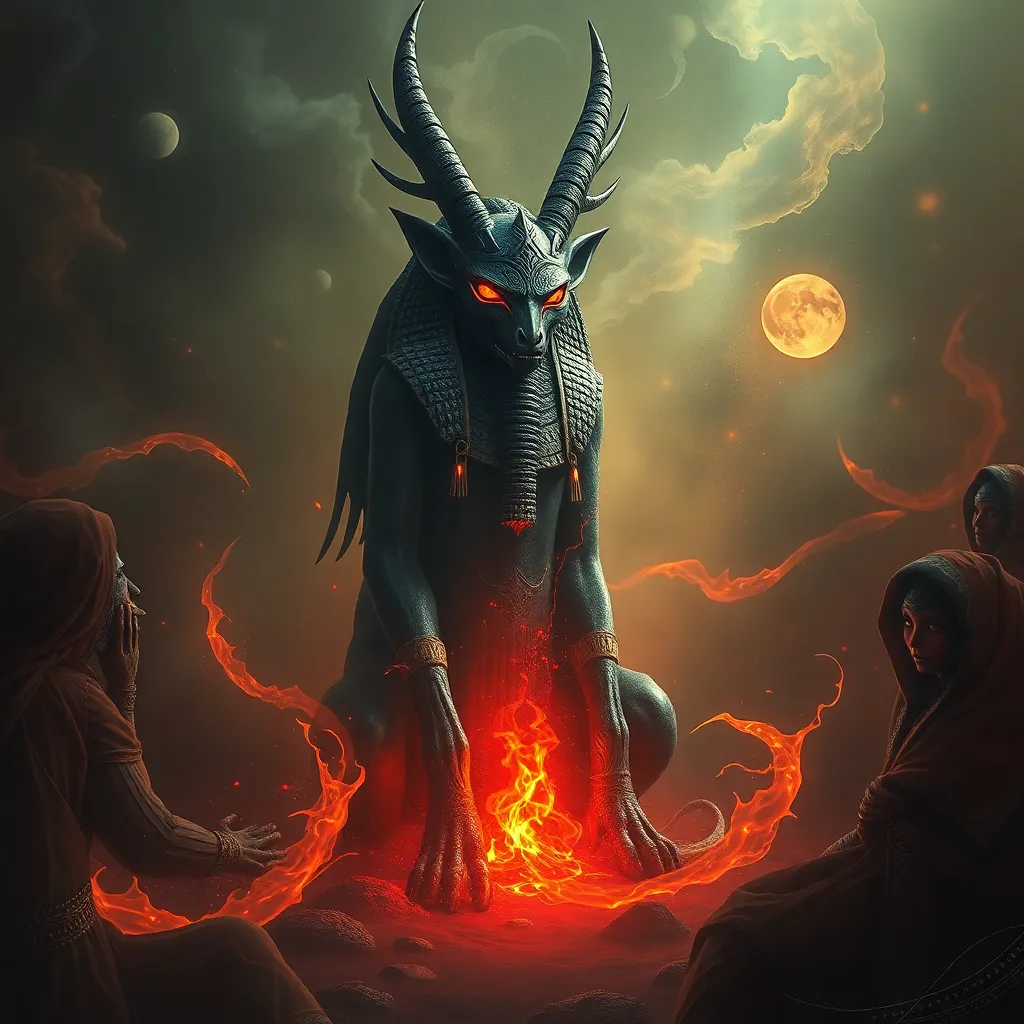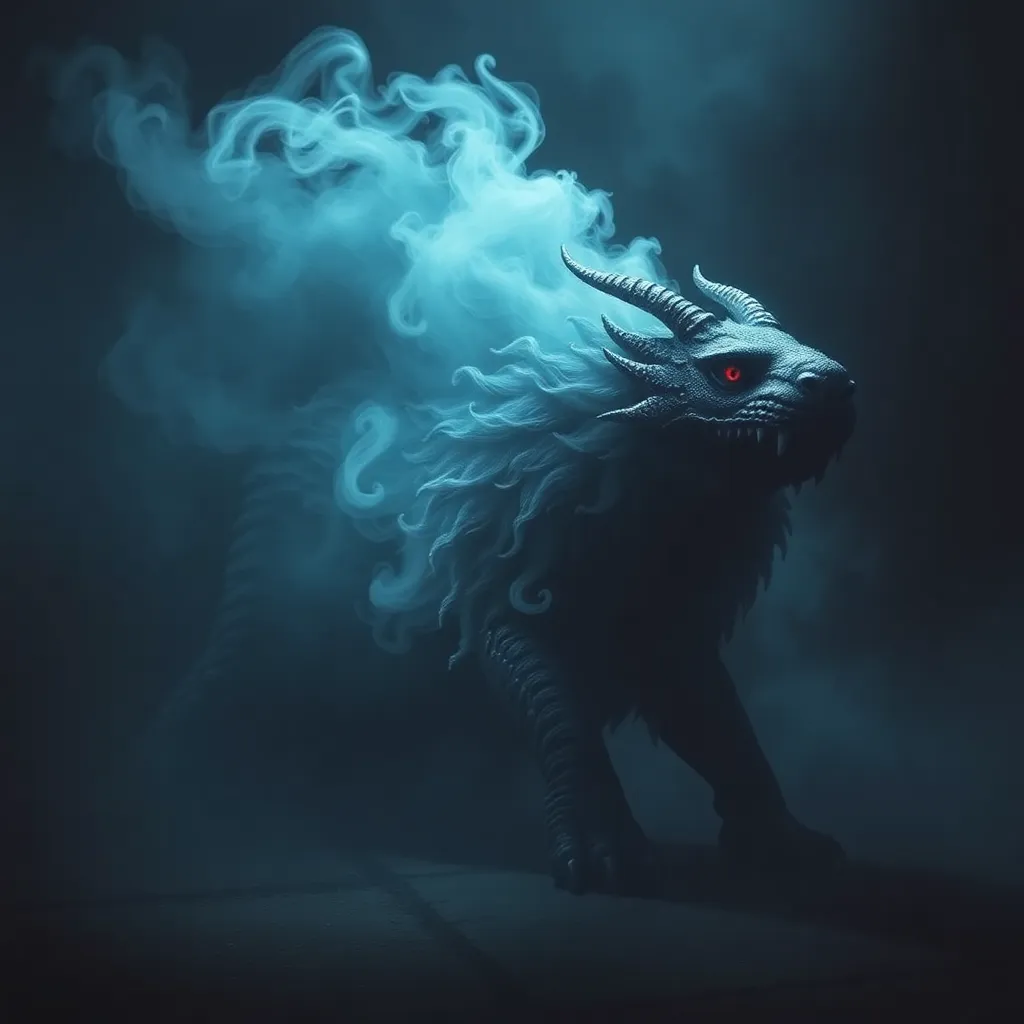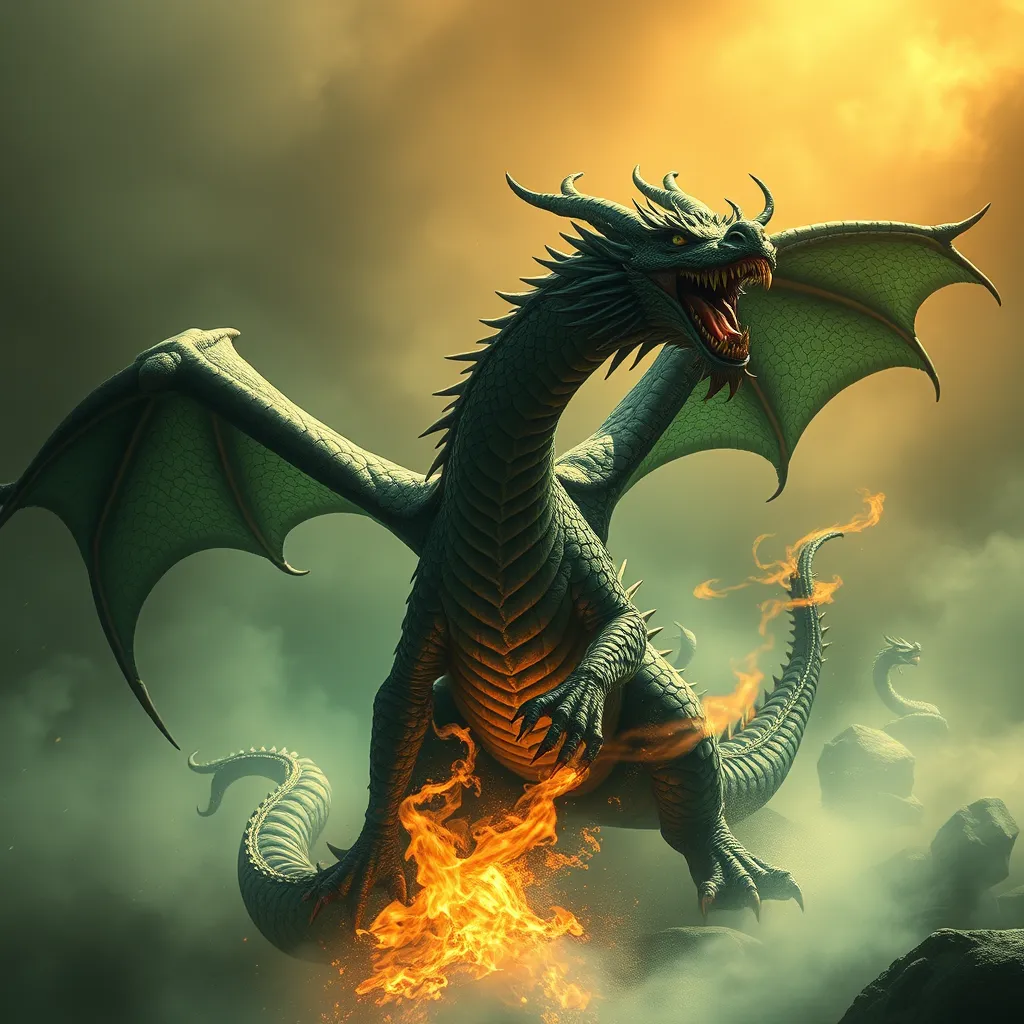Anubis: The Embodiment of Death and Rebirth
I. Introduction
Anubis, the ancient Egyptian god associated with mummification and the afterlife, occupies a pivotal position in Egyptian mythology. Often depicted as a jackal or a man with a jackal’s head, Anubis serves as a protector of the dead and a guide through the afterlife. His significance is underscored by the ancient Egyptians’ profound beliefs in death and rebirth, concepts that were central to their understanding of existence.
This article aims to explore Anubis’s historical context, his symbolism, and his vital roles in the afterlife, as well as his enduring legacy in modern culture.
II. Historical Context of Anubis
A. Origins and early representations
Anubis’s origins can be traced back to the earliest periods of ancient Egyptian civilization, with his worship documented as far back as the Old Kingdom (c. 2686–2181 BCE). Initially, he was regarded as a god of funerary rites and protector of the dead, often depicted in tombs and funerary artifacts.
B. Evolution of Anubis’ role throughout ancient Egyptian history
As Egyptian society evolved, so did Anubis’s role. In the early periods, he was primarily associated with mummification, but over time, he became more intertwined with the broader concept of the afterlife. By the New Kingdom (c. 1550–1070 BCE), he was seen not only as a protector but also as a guide who facilitated the journey of the deceased into the afterlife.
C. Comparison with other deities of the afterlife
Anubis is often compared to other deities associated with the afterlife, such as Osiris, the god of resurrection and the afterlife. While Osiris represents rebirth and regeneration, Anubis embodies the processes that ensure safe passage to the afterlife. Together, they symbolize the duality of death and rebirth in Egyptian mythology.
III. Anubis’ Iconography and Symbolism
A. Description of Anubis’ physical appearance
Anubis is typically depicted with a black jackal’s head, symbolizing his association with the dead and the fertile soil of the Nile, which was vital for rebirth. His human body is often adorned with a tunic, and he is sometimes shown holding a sistrum or ankh, symbols of life and protection.
B. Symbols associated with Anubis (e.g., the jackal, the scales)
Several symbols are closely associated with Anubis:
- The Jackal: Represents his role as a protector of the dead.
- The Scales: Used in the judgment of souls, weighing the heart against the feather of Ma’at.
- The Ankh: Symbolizes life and immortality.
C. Interpretations of his imagery in art and architecture
Anubis appears frequently in ancient Egyptian art, particularly in tomb paintings and carvings. His image served both a protective function and a reminder of the spiritual journey that awaited the deceased. Temples and tombs often featured his likeness to invoke his guidance and favor in the afterlife.
IV. Anubis as the Guide of Souls
A. Role in the mummification process
Anubis played a crucial role in the mummification process. As the god of embalming, he oversaw the preparation of the body for burial, ensuring that it was preserved for the afterlife. Priests would often invoke Anubis’s name during the mummification ritual to seek his protection for the deceased.
B. Anubis’ involvement in the judgment of the dead
In the afterlife, Anubis was responsible for guiding souls to the Hall of Judgment, where they would face the weighing of the heart against the feather of Ma’at. This judgment determined their fate in the afterlife, whether they would be granted eternal life or face annihilation.
C. Significance of the “Weighing of the Heart” ceremony
The “Weighing of the Heart” ceremony was a critical aspect of the afterlife journey. Anubis would weigh the heart of the deceased against Ma’at’s feather, symbolizing truth and justice. If the heart was lighter than the feather, the soul would be permitted to enter the Field of Reeds, a paradise-like afterlife. If it was heavier, the soul would be devoured by Ammit, the soul-eating monster.
V. The Concept of Death in Ancient Egypt
A. Cultural attitudes towards death and the afterlife
The ancient Egyptians viewed death not as an end but as a transition to a new life. They believed that the soul continued to exist after death and that proper rituals and care for the body were crucial for a successful journey to the afterlife.
B. The journey of the soul and Anubis’ guidance
The journey of the soul was thought to be perilous, filled with trials and challenges. Anubis’s role as a guide was essential, ensuring that the deceased navigated the dangers of the afterlife and reached their ultimate destination safely.
C. Rituals and practices associated with death
Ancient Egyptians performed various rituals to honor the dead, including:
- Mummification: Preserving the body for the afterlife.
- Funeral Rites: Ceremonies to guide the soul.
- Burial Offerings: Gifts placed in tombs to assist the deceased in the afterlife.
VI. Anubis and the Cycle of Rebirth
A. Connections between death and rebirth in Egyptian mythology
In Egyptian mythology, death and rebirth are intimately connected. The cycle of life, death, and regeneration is a recurring theme, exemplified by the annual flooding of the Nile, which brought fertility and renewal.
B. Anubis’ role in ensuring safe passage to the afterlife
Anubis’s oversight of the mummification and judgment process reinforces his role in the cycle of rebirth. By ensuring that the deceased were properly prepared and judged, he facilitated their transition to a new existence.
C. Myths surrounding resurrection and the renewal of life
Myths such as that of Osiris’s resurrection further illustrate the themes of death and rebirth in Egyptian thought. Anubis, as a key figure in these myths, embodies the hope for renewal and the continuity of life beyond death.
VII. Legacy and Influence of Anubis
A. Anubis in modern culture and media
Anubis continues to captivate the imagination of modern culture. He appears in various forms of media, including movies, video games, and literature, often depicted as a powerful and enigmatic figure associated with death and the afterlife.
B. Influence on contemporary interpretations of death and afterlife
The beliefs surrounding Anubis have influenced contemporary views on death and the afterlife, encouraging a more nuanced understanding of these concepts. His role as a guide and protector resonates with modern spiritual practices that seek to honor the deceased.
C. Anubis as a symbol in art, literature, and spirituality
In art and literature, Anubis symbolizes the mystery of death and the hope for rebirth. His imagery is often used in spiritual contexts to represent the journey of the soul and the eternal nature of life.
VIII. Conclusion
Anubis, as the embodiment of death and rebirth, plays a crucial role in ancient Egyptian mythology. His significance extends beyond his historical context, influencing modern perceptions of death and the afterlife. Understanding Anubis and his multifaceted character allows us to appreciate the rich tapestry of ancient beliefs that continue to resonate today.
<




